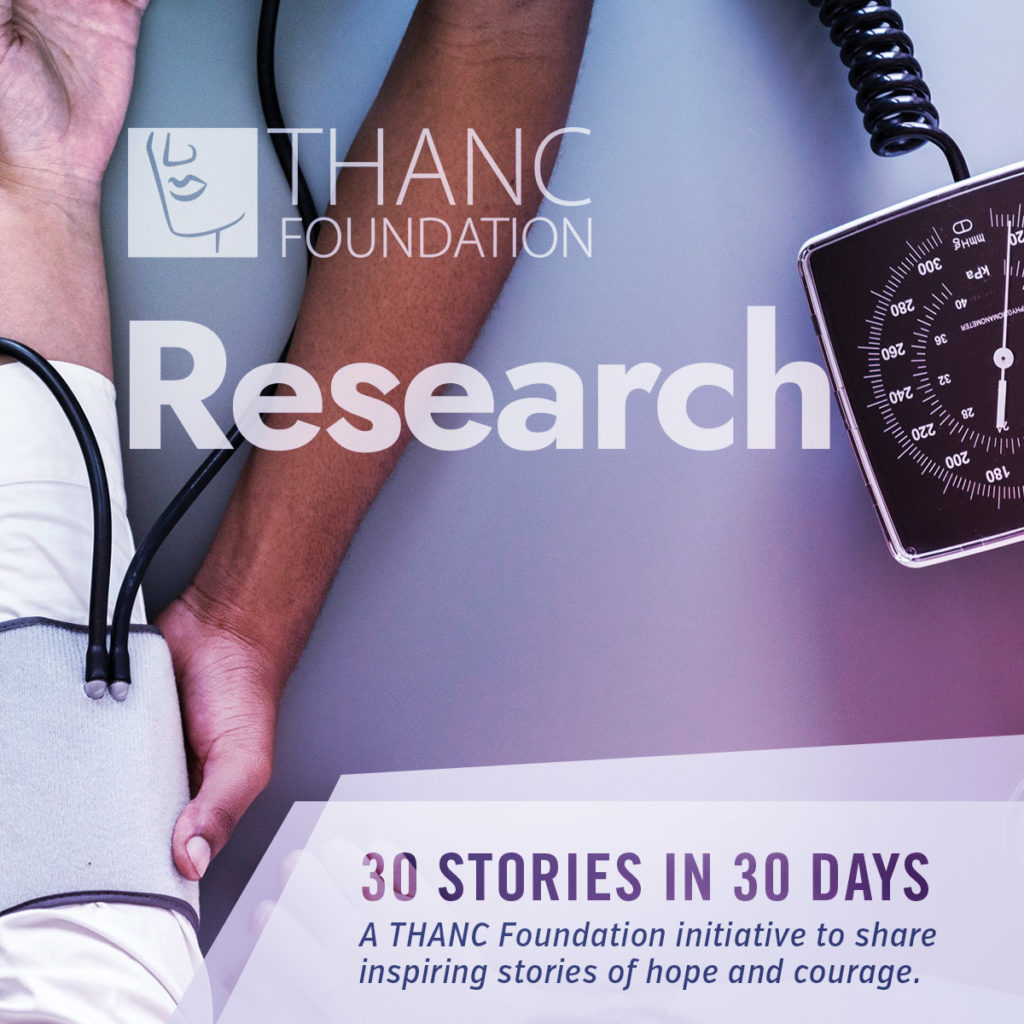
30 Stories in 30 Days
September is Thyroid Cancer Awareness Month. For the next 4 weeks, we will post stories written by thyroid cancer survivors, caregivers and friends for our 30 Stories in 30 Days campaign. We hope their perspectives and insight will help others along their journey.
The recent rise in the incidence of thyroid cancer may be due to the increase in identification of low-risk papillary thyroid cancers through the use of ultrasound and/or biopsy. Most of these small, low-risk thyroid cancers (tumors < 1 cm) do not grow or grow very slowly. A new management strategy for low-risk thyroid cancers, called Active Surveillance, may be the optimal first line of treatment for adult patients with low-risk thyroid cancers.
Active Surveillance is the observation of cancer without immediate surgery. Although surgery for low-risk thyroid cancers is usually uneventful, surgery can lead to complications such as permanent vocal cord paralysis. Patients undergoing this treatment approach are monitored carefully for any signs of tumor growth or progression that would warrant the need to stop active surveillance and undergo surgery. Recent research has demonstrated that Active Surveillance can be used safely for adult patients with low-risk thyroid cancer. We aim to investigate the psychological impact of Active Surveillance, as well as what patients are better suited for Active Surveillance and how we can manage decision regret in this patient population. Additionally, we aim to test the feasibility of a website-based data collection method, the Thyroid Care Collaborative (www.thyroidccc.org).


